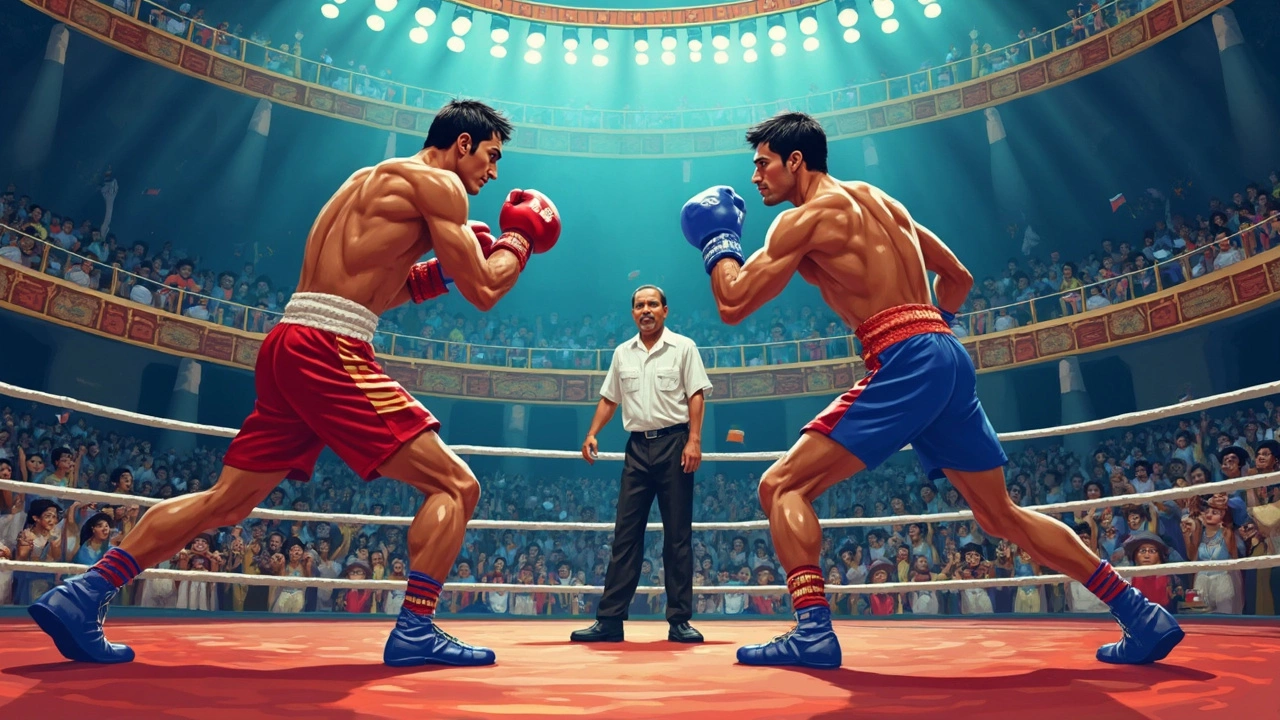Match Duration Explained: How Long Do Sports Games Really Last?
Ever wondered why a soccer game feels longer than a basketball game? Or why tennis matches can stretch from an hour to five? The answer lies in the rules, the sport’s structure, and sometimes even the weather. Knowing what sets a match’s length helps you plan your day, set up a viewing party, or train smarter if you’re an athlete.
What Determines a Match’s Length?
First off, every sport has a built‑in clock or set of periods. In football (soccer), you get two 45‑minute halves plus added time for injuries, substitutions, and goal celebrations. That usually totals around 95‑105 minutes for a regular game. Basketball, on the other hand, runs four 12‑minute quarters in the NBA, but the clock stops a lot—timeouts, fouls, out‑of‑bounds—so a game often lasts about two hours.
Combat sports like boxing or UFC have rounds that are timed down to the second. A pro boxing match might have 12 rounds of three minutes each, with a one‑minute break in between. That adds up to roughly 45 minutes of fight time, but the actual broadcast can stretch to an hour and a half because of introductions, interviews, and post‑fight analysis.
Tennis is a special case. It doesn’t have a master clock; instead, you play sets until one player wins the required number. A best‑of‑three‑set match can end in under an hour, while a five‑set Grand Slam can push past five hours if the players keep fighting back.
Weather and venue can also tip the scales. Outdoor cricket matches have formats ranging from 20‑over T20 (about three hours) to five‑day Test matches. Rain delays add extra time or force a reduction in overs, changing the expected duration on the fly.
Tips to Keep Track of Game Time
If you’re scheduling a watch party, start by checking the sport’s standard length. Add a 15‑minute buffer for pre‑game analysis and post‑game highlights. For live events, use a reliable app that shows the official clock and any stoppage time. Most streaming platforms display a “time left” counter for sports that use a running clock.
When you’re playing yourself, set a timer that matches the official periods. For example, use a 45‑minute timer for each half of soccer, and remember to add a minute or two for injury time. In basketball or volleyball, use a stopwatch that can be paused for timeouts—this mirrors the real‑world flow and keeps your practice realistic.
Finally, understand the sport’s overtime rules. Football can go into extra time (two 15‑minute halves) followed by penalties. Ice hockey adds a sudden‑death overtime period, which can be as short as five minutes or continue until a goal is scored in playoffs. Knowing these scenarios helps you avoid surprises when a game suddenly stretches beyond the usual length.
Bottom line: match duration isn’t a one‑size‑fits‑all number. It’s a mix of the sport’s structure, rules, and occasional external factors. By learning the basics and using simple tools to track time, you’ll always know when a game should end and can plan your day accordingly.
